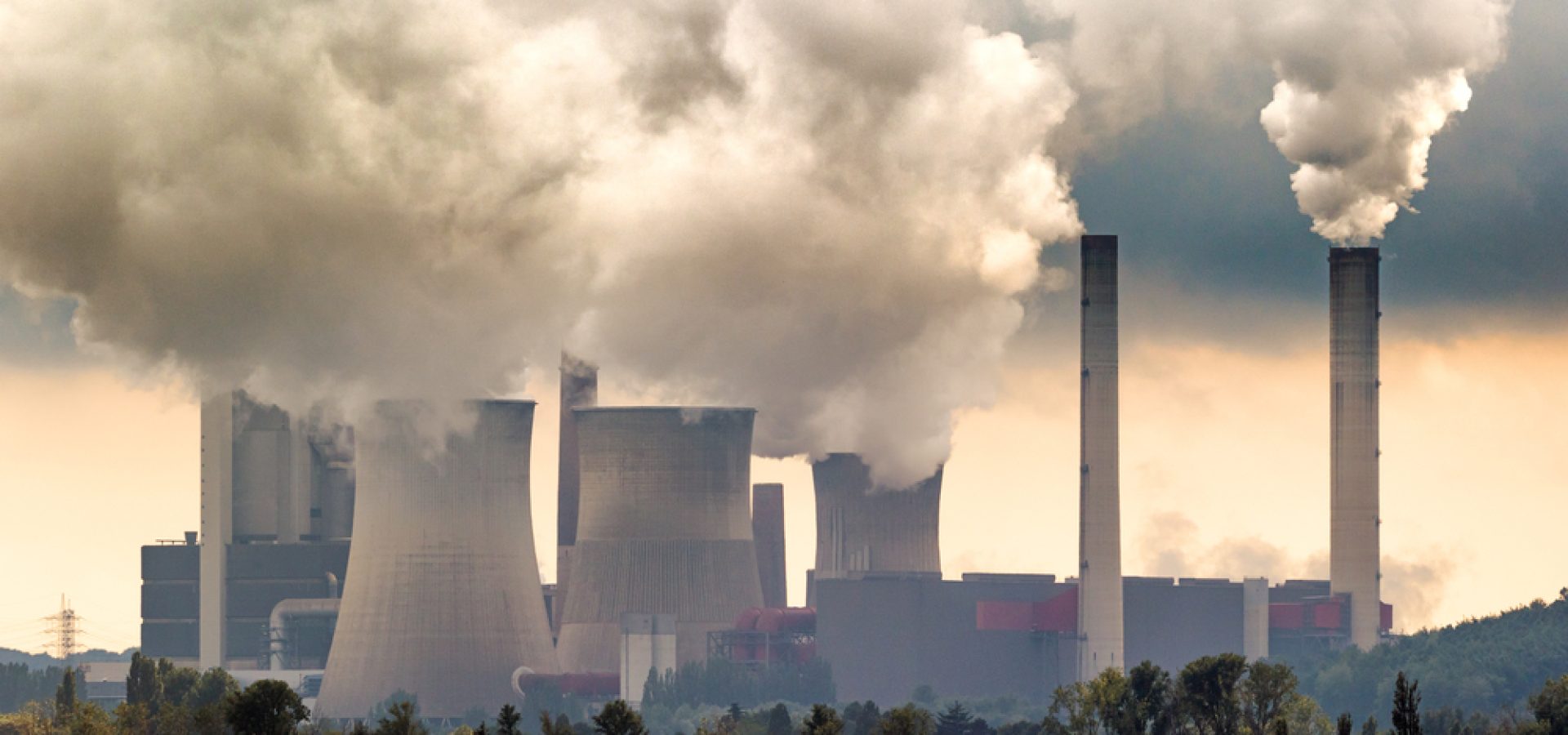Quick Look:
- Efforts to phase out coal failed; last year, its output hit a record despite attempts to consign it to history.
- Benchmark Newcastle futures are trading at just under $130 a ton.
- By 2026, China and India will account for more than 70% of consumption.
- Fossil fuel executives argue for the reliability and cost benefits.
In an era where climate change dominates global dialogues, the resilience and prospects of the coal (carbon) industry paint a complex picture of energy needs, economic realities, and environmental challenges. Over two years ago, the world’s climate negotiators embarked on a mission to relegate carbon to the annals of history. Yet, far from fading into oblivion, carbon has demonstrated remarkable resilience. Last year, global carbon output soared to record levels. Thereby indicating not just a dwindling industry. However, it seems to be bracing for decades of continued relevance.
Amidst the push for greener alternatives, coal’s tenacity is notable. Though retreating from the peaks of 2022, prices still hover around $130 a ton according to benchmark Newcastle carbon futures. This pricing dynamic underscores a stark reality: carbon remains deeply entrenched in the global energy matrix, significantly more so than in any period between 2011 and 2020.
Asia to Dominate 70% of Coal Use by 2026
The narrative of coal’s persistence is vividly illustrated in Asia, where burgeoning energy demands reshape global consumption patterns. China and India, the twin engines of Asia’s economic ascent, are projected to command over 70% of carbon consumption by 2026. Last year’s operationalization of new carbon power plants, with a cumulative capacity of 59 gigawatts, coupled with proposals for an additional 131 gigawatts, highlights carbon’s centrality to Asia’s energy strategy.
From an industry standpoint, the discourse champions carbon’s indispensability. Fossil fuel executives highlight carbon’s unparalleled reliability and cost-effectiveness, framing it as the bedrock of energy security and economic stability. This perspective gains traction against the backdrop of power shortages in China and geopolitical tensions spurred by events such as the war in Ukraine, further intensifying coal demand.
Coal’s 8.7 Billion Ton Year Highlights Growth
The recent surge in carbon output to a staggering 8.7 billion tons last year amplifies the industry’s robustness. Even as the International Energy Agency (IEA) anticipates a plateau in coal production through 2026, the projection acknowledges carbon’s unwavering position in the global energy landscape. China, the behemoth of carbon production and consumption, navigates the intricacies of sustaining growth amidst depleting low-cost reserves and escalating safety concerns.
Renewables Ascend, Yet Coal Remains Key
The transformative journey towards renewable energy parallels coal’s resilience narrative. The acceleration of solar and wind installations, complemented by advancements in hydropower and nuclear power, posits a future where renewable sources outpace electricity consumption growth. Yet, carbon’s role as a steadfast baseload power source remains unchallenged, particularly given the intermittent nature of renewable energy. In regions like India and Indonesia, coal’s dominance is pronounced. Both nations project significant production levels to satisfy domestic and international demands.
Transitioning from coal, however, is fraught with challenges. Early attempts to phase out carbon power stations underscore the intricate balance between environmental imperatives and socio-economic considerations. The trajectory towards renewable alternatives is not merely a technological shift but encompasses economic and social dimensions.
The Complex Path Away from Coal Dependence
Coal’s enduring presence in the global energy sector is a testament to its resilience and perceived indispensability. While the momentum towards renewable energy gathers pace, coal’s role, influenced by economic, environmental, and technological factors, remains a pivotal chapter in the narrative of global energy evolution. The path forward demands a nuanced understanding of coal’s role in energy security, economic stability, and environmental stewardship. It charts a course that balances immediate needs with long-term sustainability goals.









COMMENTS